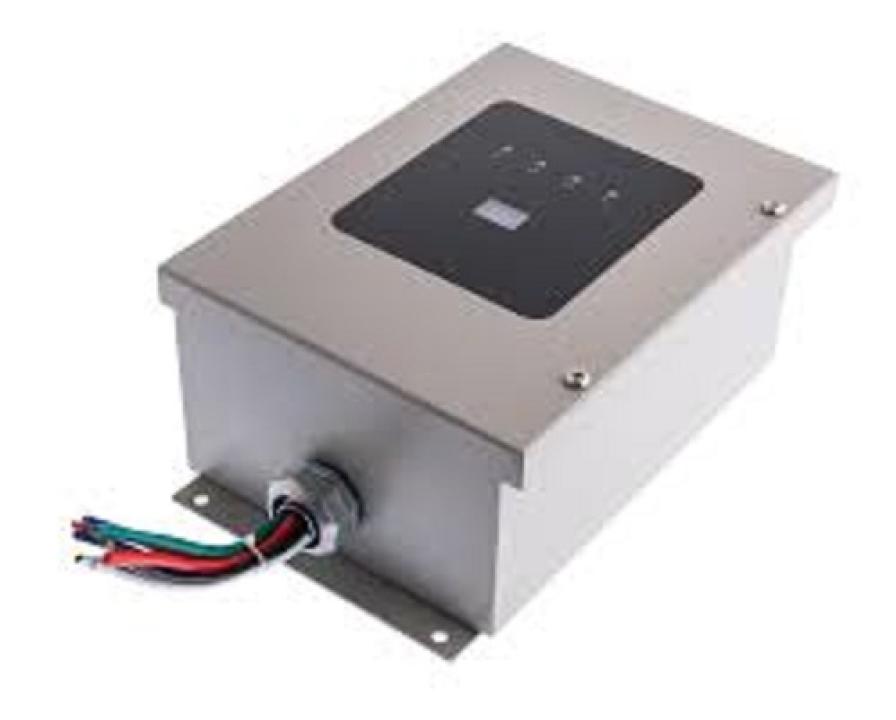A surge protector, sometimes called a surge suppressor or surge arrestor, is a device that is plugged into an electrical outlet to protect electronics from power surges or voltage spikes. Surge protectors work by limiting the voltage that reaches your electronic devices to safe levels.
Surge Protection Workings
Surge Protection Devices work through the use of metal oxide varistors, or MOVs. MOVs are components that act as resistances, allowing normal voltage to pass through but clamping down tightly on any surges or spikes. If voltage starts to rise above safe levels, the MOV activates and shunts the excess energy to ground before it can damage your equipment. Most quality surge protectors contain multiple MOVs to provide protection against surges coming from any outlet lead or power line. Some more advanced models may also include fuse protection and filtering capacitors.
Surge Protection Causes
Common causes of power surges include thunderstorms, faults in power lines, utility switching, and more. Thunderstorms in particular can generate surges as high as 6000 volts that travel along power lines. Even minor events like someone turning on or off a high-wattage appliance at home can introduce a brief surge. While your home's internal wiring and breaker panel provide some defenses, surges still frequently reach wall outlets and can exceed ratings of electronic components without additional protection.
Equipment Benefits most from a Surge Protector
Any expensive or irreplaceable electronic devices should be plugged into a surge protector for safety. This includes computers, game consoles, desktop printers, routers/modems, TVs, stereos, and home office equipment. Simple power strips without surge protection are not adequate, as they provide no safeguard against sudden jolts of extra voltage. Sensitive home-theater equipment like AV receivers is also at high risk and needs robust whole-home protection against disturbances. Even appliances like refrigerators contain vulnerable electronic control boards nowadays.
What to Look for in a Quality Surge Protector
When choosing a surge protector, look for models certified by a third-party evaluator like UL or EIA to ensure acceptable levels of performance. Higher joule ratings, usually 240 joules or above, equate to stronger surge suppression ability. Also check how many AC outlets and connectors are provided- you want enough for all devices in a location. Additional EMI/RFI filtering, phone/coax protection ports, and warranty durations are all advantageous features. For whole-home security, consider installing a unit at your main electrical panel that safeguards your entire system for decades.
Proper Surge Protector Placement and Maintenance
To work correctly, surge protectors must be plugged directly into an outlet, not into an extension cord or power strip. Ensure any mounted protectors have an unobstructed path to ground. Also, check MOV indicators periodically, if present, since surges degrade their ability over time. Plan to replace basic surge strips every few years or when MOV replacement is needed to maintain coverage. Unplug protectors during electrical storms if an attraction exists. With the proper protection in place, your expensive electronics can rest easy.
Surge Protector Protection Levels
Entry-Level Surge Protectors
Basic surge protectors in this category may provide basic overload protection from minor surges, but their MOVs have low energy absorption capabilities. Expect UL1449 ratings under 400 joules. These are suitable for protecting less expensive devices temporarily but won't guard against direct or repeated lightning strikes on the power lines. Replacement will likely be required before their advertised lifetime is up.
Mid-Range Surge Protectors
Moving up, mid-range models feature UL1449 ratings between 400-1000 joules delivered via more robust MOV components. They provide broader surge coverage against direct and indirect surges that often occur. Whole-home WiFi routers, desktop PCs and parts of a home office setup can find suitable protection here. Expect these to last 3-5 years typically if no major surges are experienced.
Premium Whole-Home Surge Protectors
For maximum surge security, premium whole-home protectors installed at the main electrical panel deliver UL1449 ratings above 1000 joules. Heavy-duty MOVs and additional filtering circuity safeguard electronics throughout an entire property. These provide lifetime coverage for all major appliances and systems in a home by absorbing even massive surge events without failure. Well-known brands often back these with lifetime product replacements should anything go wrong.
By making a modest investment in a quality surge protector tailored to your needs, you ensure expensive electronics, appliances and systems are safeguarded for years to come. Choose units certified by a reputable third party, consider MOV replacement and buy from trusted brands. With surge protectors in place, your connected life>
Get more insights on - Surge Protection
For Enhanced Understanding, Dive into the Report in the Language that Connects with You.
About Author:
Ravina Pandya, Content Writer, has a strong foothold in the market research industry. She specializes in writing well-researched articles from different industries, including food and beverages, information and technology, healthcare, chemical and materials, etc. (https://www.linkedin.com/in/ravina-pandya-1a3984191)



